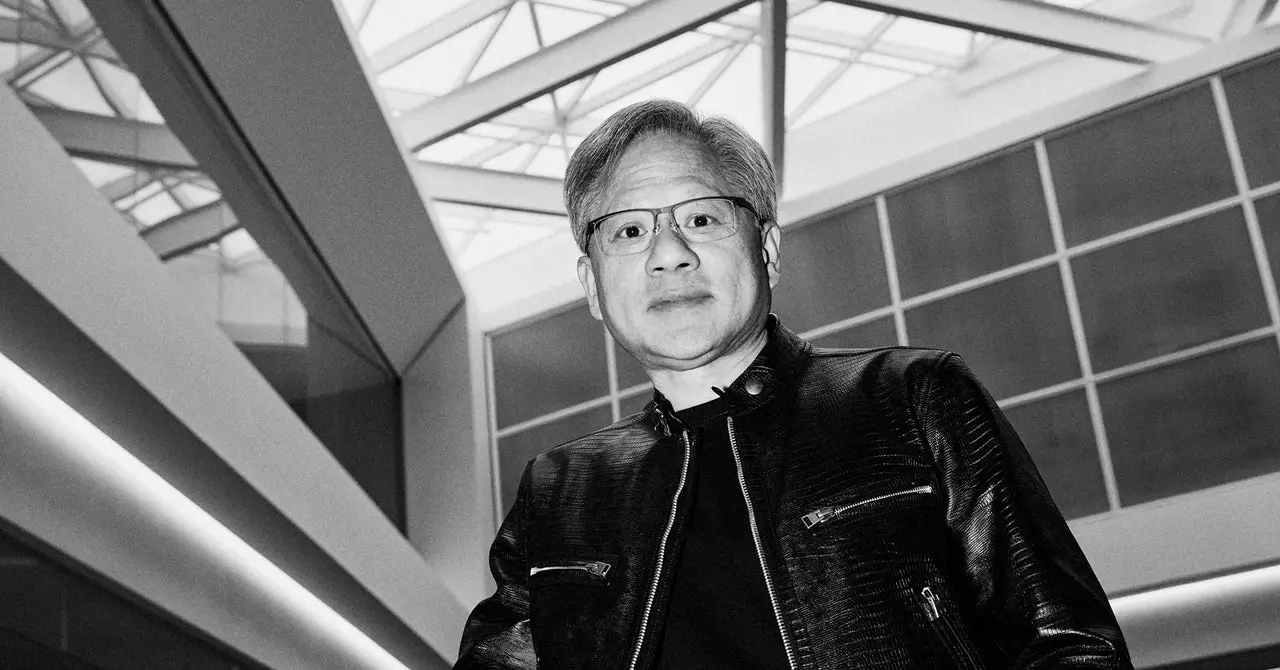In recent years, China has shown its competitive edge in the development of AI technology. With the release of the Huawei Mate 60 smartphone, equipped with a homegrown 7-nanometer chip, China has taken a step towards establishing itself as a player in the AI chip market. While the scale may not be as large as data-center chips, the potential for China to aggregate multiple chips together to build large systems is a concern for other global players.
One major factor that could potentially limit China’s progress in AI development is the strict regulation imposed on the country. The limitation on accessing state-of-the-art technology puts a significant cost burden on China, as they may have to resort to aggregating more chips to match the performance of cutting-edge technologies. This regulatory constraint could hinder China’s ability to compete with countries like the US in the field of generative AI.
Despite the regulatory constraints and the need for compliant chips in China, the relationship between Chinese companies and Taiwan’s semiconductor industry, represented by companies like TSMC, remains stable. The regulations are seen as specific constraints that do not impact the overall relationship between the two parties. In fact, collaborations with TSMC and other global semiconductor companies play a crucial role in the development of AI supercomputers.
When it comes to competition in the global AI chip market, the landscape is vast and diverse. Companies like Google with its TPU, AMD, AWS Trainium, and AWS Inferentia are all considered formidable competitors to Nvidia. The advancement in AI technology has also led to the emergence of startups and existing semiconductor companies entering the race to develop innovative AI chips. With the constant evolution of technology, every player in the market poses a potential threat to Nvidia’s dominance.
Despite the intense competition in the AI chip market, collaboration plays a significant role in driving innovation forward. Companies like Nvidia work closely with a range of semiconductor partners, including Samsung, SK Hynix, Intel, AMD, Broadcom, and Marvell, to develop cutting-edge AI supercomputers. The success of one company often leads to the success of many others, showcasing the interconnected nature of the industry.
China’s growing competitiveness in AI chips, the regulatory constraints faced by the country, and the fierce competition in the global market all contribute to the dynamic landscape of AI technology. While challenges exist, collaboration, innovation, and strategic partnerships will continue to drive the advancement of AI technology across the world.


Leave a Reply